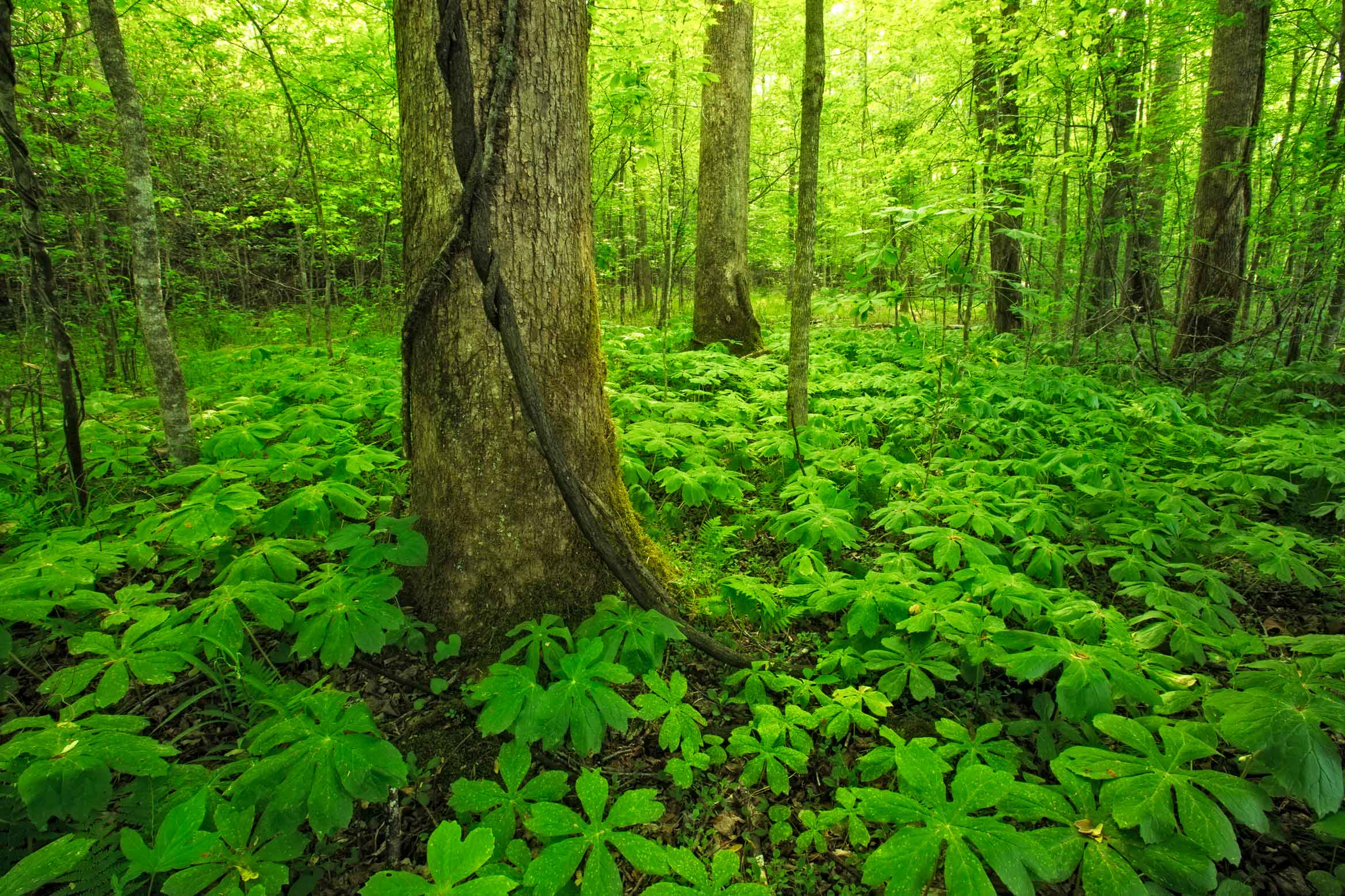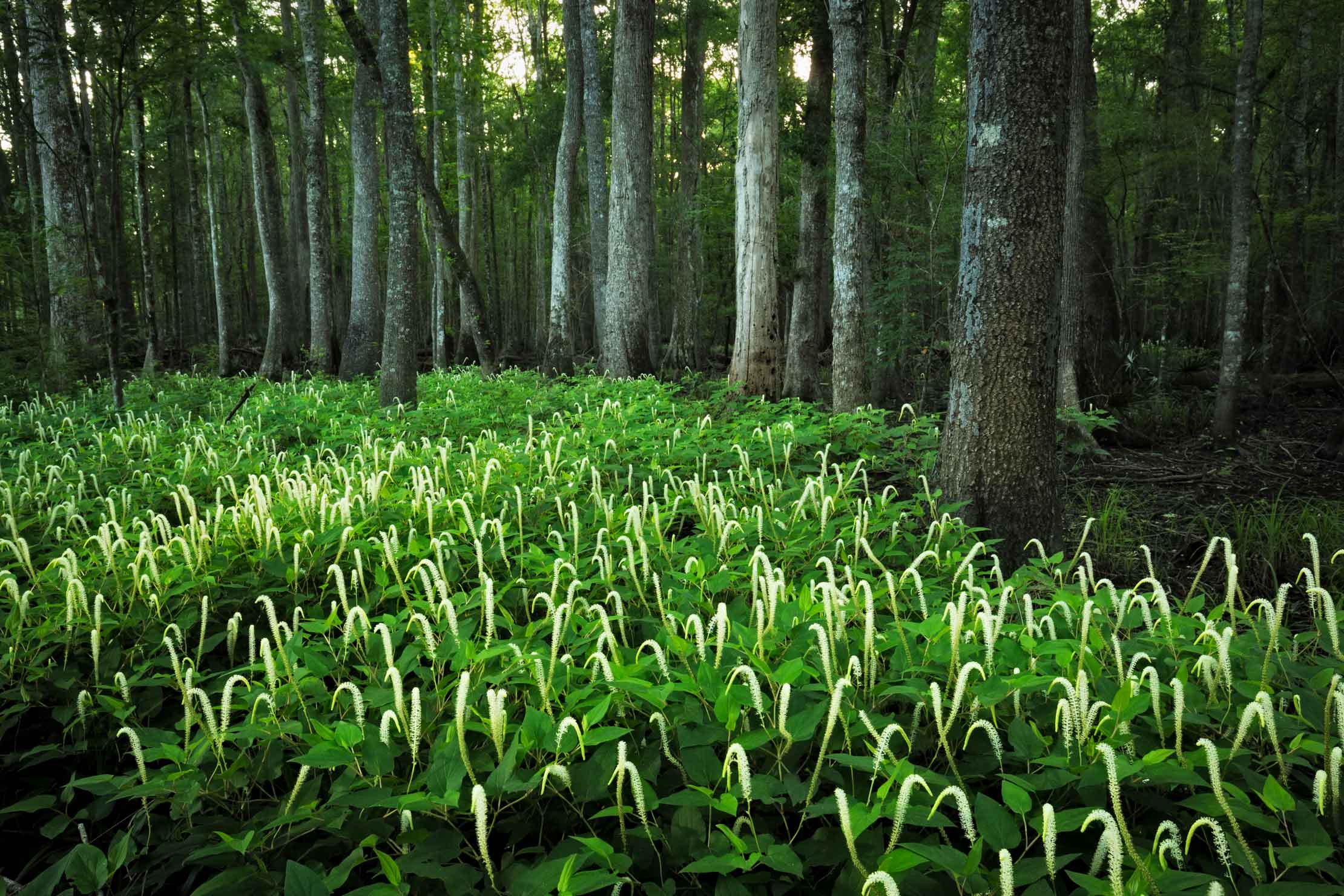Study Finds That Markets Are Key To Retaining Southern Forests
Study Finds That Markets Are Key To Retaining Southern Forests – Forests Increase Despite Near-doubling Of Harvest And Population –
It is possible to “have your cake and eat it too,” at least when it comes to retaining healthy, well-managed forests. So says a groundbreaking study by Charlotte-based Forest2Market in its just released review of forestland across the southern U.S. from 1953-2015 – Historical Perspective on the Relationship between Demand and Forest Productivity in the US South.
“Forest2Market’s new study proves what many of us in the forest sector have said for years — robust markets are the key to keeping forests as forests, “says Carlton Owen, President and CEO of the U.S. Endowment for Forestry and Communities (Endowment). The Endowment joined Drax Group and the National Alliance of Forest Owners in supporting the in-depth review that should be welcome news to those who care about forests of all types. Among the findings:
- The amount of timberland – land in forests available for management – increased slightly over the past 60 years to almost 200 million acres, even in the face of rapid population growth that roughly doubled over the same period.
- Harvests to make the lumber, paper, chemical, and energy products desired by a growing population essentially doubled in 1996 to more than 10 billion cubic feet before falling back to just less than 9 billion cubic feet in 2015, while standing forest inventory – tree volume remaining in the forest – increased by more than 100%.
- This near-magical feat – retaining forest acreage and increasing forest productivity, despite doubling forest harvest to meet product demand from a rapidly increasing population – is the result of research investments by industry and federal/state natural resources agencies and the commitment of forest owners to practice active management.“While these results may seem counter-intuitive at first glance, they make sense,” Owen noted. “The bulk of southern forests are owned by families. Most of these families need income from their forests to pay for taxes and other life-expenses. When there are strong markets for forest products, there is incentive to keep forests and ensure their health.” A surprising threat to forest retention is poor markets. Reduced demand for forests products means less incentive to retain forests.Despite this good news about the state of our forests, it isn’t time to rest on our laurels,” continued Owen. “The south’s population is growing faster than much of the nation with urban area growth in the south exceeding 60% as compared to other parts of the nation where it is 45%.”
This study confirms that the real threat to the south’s forest is neither markets nor periodic timberharvests; rather, it is rapid urbanization. “We are currently working on a study with the Forest Servicethat should serve to complete the other half of the puzzle,” says Owen. “That work looks at lands that have been added to the public estate as parks or public forests and still others that have forever been protected from development via voluntary conservation easements.”
To view the report and associated summaries:
For more information contact:
Carlton N. Owen, President & CEO, 864-233-7646, carlton@runslikeclock.work
The U.S. Endowment for Forestry and Communities (the Endowment) is a not-for-profit public charity working collaboratively with partners in the public and private sectors to advance systemic,transformative, and sustainable change for the health and vitality of the nation’s working forests andforest-reliant communities – www.usendowment.org




